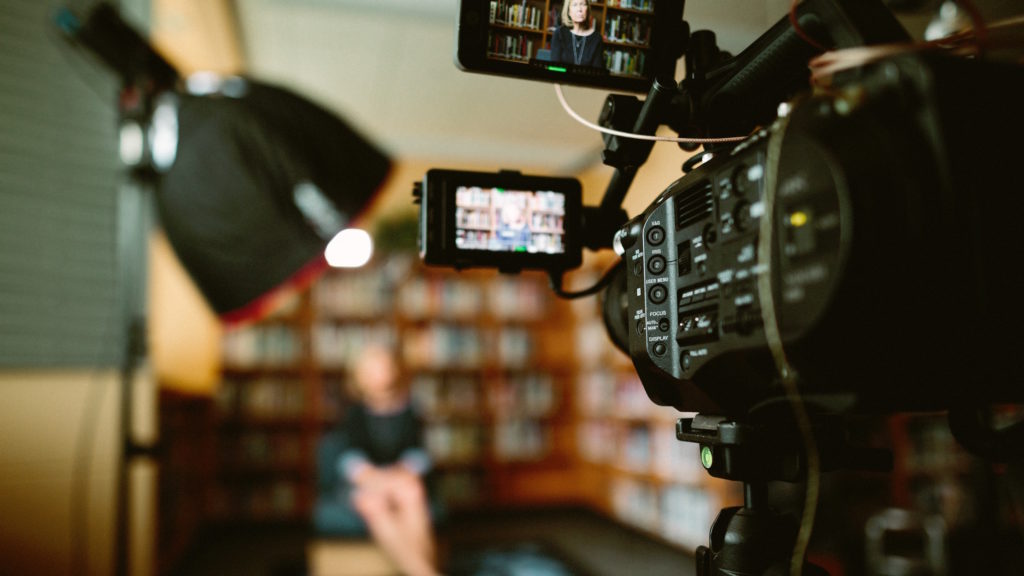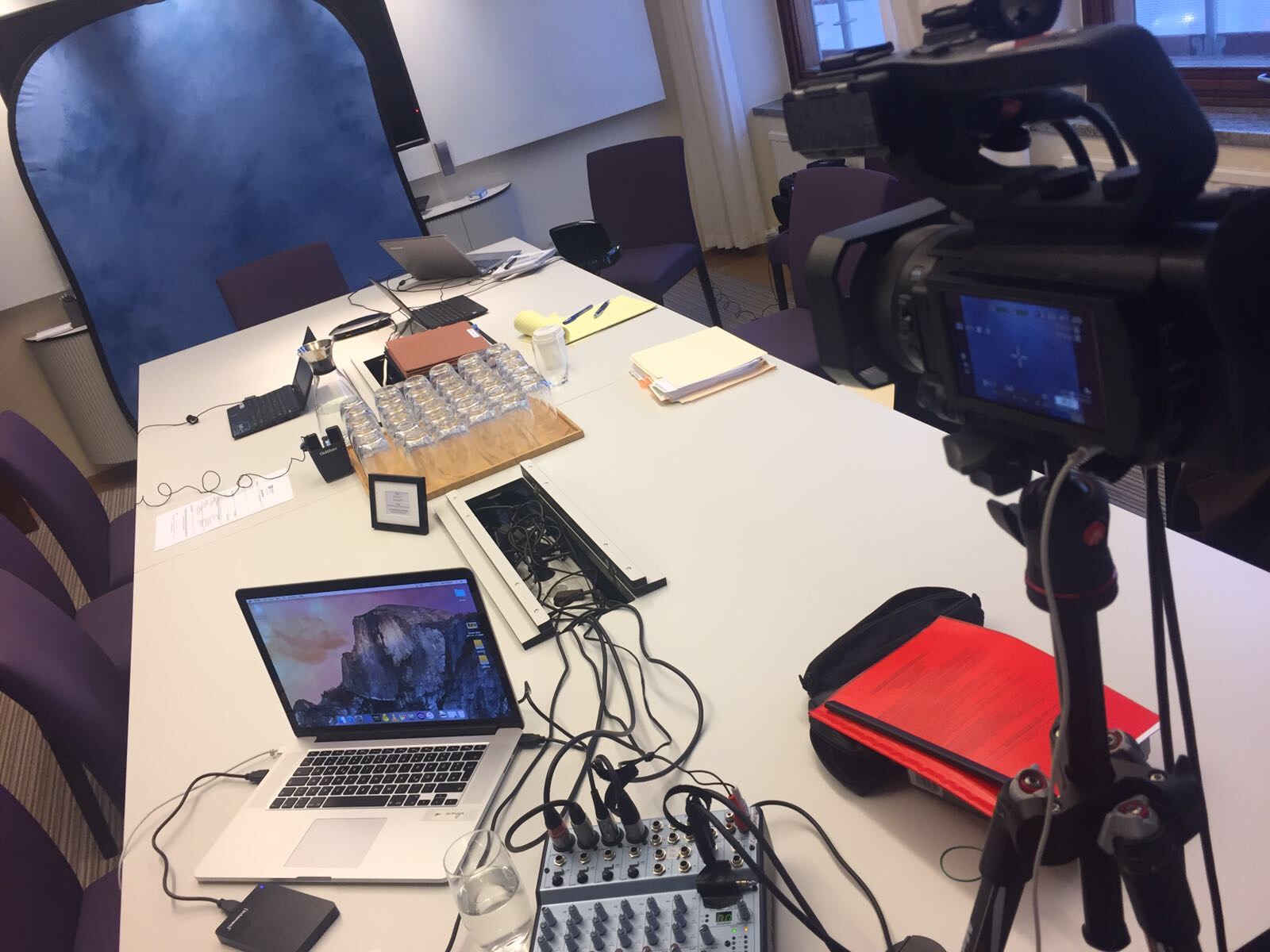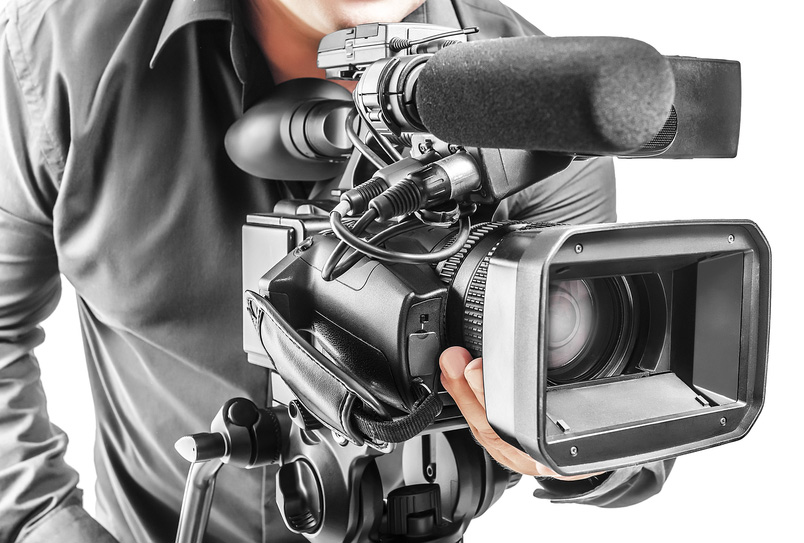Looking Into the Systems of Lawful Videography: Unveiling Its Operation in Safeguarding Genuine Aesthetic Testament for Judicial Procedures
In the realm of judicial proceedings, the role of lawful videography stands as a keystone in protecting and providing visual evidence. As modern technology remains to breakthrough, the systems behind legal videography have ended up being progressively complex, providing a vital layer of authenticity to testimonies recorded on video. By delving right into the operational intricacies of lawful videography, one can discover the meticulous procedures that protect the integrity of aesthetic evidence offered in courts - Legal Videography. This expedition not only clarifies the historic evolution of lawful videography however additionally hints at the future fads that may further change how aesthetic statements are upheld in the world of justice.
Historical Development of Lawful Videography
Analyzing the historic development of lawful videography reveals a substantial change in the catching and presentation of visual evidence within the legal landscape. In the past, lawful proceedings heavily depended on created records and photographs to record occasions and provide evidence. Nevertheless, with the arrival of video clip innovation, the lawful industry witnessed a paradigm shift in exactly how visual statement was recorded and offered.
The development of legal videography can be traced back to the late 20th century when improvements in video clip recording devices made it extra obtainable for usage in court rooms. This technical innovation not just improved the accuracy and dependability of visual evidence yet additionally changed the means instances were offered to courts and juries (Legal Videography). Lawyers started to acknowledge the persuasive power of video recordings in communicating feelings, subtleties, and non-verbal cues that created records or pictures alone could not record properly

Innovation Improvements in Video Clip Paperwork
What crucial technological innovations have reinvented video documents in the legal area? The lawful field has actually seen considerable innovations in video documents innovation that have actually enhanced the credibility and reliability of visual proof in judicial proceedings.
In addition, advancements in video clip encryption and watermarking innovations have actually bolstered the protection and tamper-proof nature of video evidence, guarding it against unauthorized modifications or meddling. Furthermore, the development of cloud storage remedies and remote access abilities has structured the storage space, access, and sharing of video evidence, assisting in smooth collaboration among attorneys and making certain efficient accessibility to essential visual testimonies when needed. These technical innovations in video clip documents have actually certainly transformed the legal field, enhancing the accuracy, reliability, and admissibility of visual evidence in judicial process.
Duty of Lawful Videographers in Court Settings
The advancement of video clip paperwork innovation in the legal field has actually required an essential role for lawful videographers in court settings, making certain the honesty and reliability of aesthetic testimonies provided throughout judicial procedures. Legal videographers play a basic function in capturing and protecting accurate aesthetic evidence that can be crucial in litigation. Their responsibility encompasses setting up tools, taping proceedings, and creating high-quality video clips that accurately mirror the events in the court room.
Additionally, lawful videographers typically function carefully with lawful groups to make certain that the video clip proof straightens with the case's requirements and can be efficiently provided in court a fantastic read to support the legal disagreements being made. Generally, the duty of lawful videographers in court room setups is indispensable in supporting the principles of justice and guaranteeing the transparency of legal proceedings. Legal Videography.

Ensuring Admissibility and Stability of Video Clip Evidence
To keep the integrity of visual evidence presented in legal process, ensuring the admissibility and integrity of video proof is a critical obligation for lawful videographers. Admissibility describes the approval of proof by the court, and for video clip evidence to be admissible, it should satisfy particular criteria. Legal videographers play an important function in making sure that the video clips they record comply with the rules of evidence, such as significance, view it now authenticity, and dependability.
Integrity of video evidence involves keeping the creativity and precision of the video footage from the time it is tape-recorded until it exists in court. This includes firmly saving the video clip data, documenting the chain of safekeeping, and avoiding any tampering or alterations. Lawful videographers need to adhere to strict protocols to assure the stability of the video proof and protect against any type of difficulties to its authenticity.
Future Trends in Legal Videography
Offered the boosting reliance on technology in lawful procedures, lawful videographers are positioned to embrace innovative developments forming the future of visual testimony capture and presentation. One of the noticeable patterns imminent is the integration of digital truth (VR) and boosted truth (AR) technologies right into legal videography. These modern technologies have the prospective to transform just how visual proof exists in courtrooms, enabling judges and courts to submerse themselves in the scene of the criminal offense or incident.
Moreover, using expert system (AI) formulas for video analysis is anticipated to improve the procedure of evaluating and assessing large quantities of video clip footage. AI can assist in recognizing key minutes, abnormalities, and patterns within videos, boosting the efficiency of lawful examinations.

Conclusion
To conclude, legal videography has actually played an important duty in offering authentic aesthetic proof for judicial proceedings. With technical improvements and the competence of lawful videographers, navigate here the integrity and admissibility of video clip evidence are made sure in court room settings. As lawful videography remains to develop, it will certainly be vital to maintain standards that preserve the precision and integrity of visual statement for the future of lawful proceedings.
Analyzing the historic development of legal videography reveals a considerable change in the recording and presentation of visual evidence within the legal landscape.The advancement of video clip documentation innovation in the legal area has actually demanded an essential function for legal videographers in court setups, making certain the integrity and reliability of visual statements provided throughout judicial procedures. In addition, lawful videographers usually function very closely with lawful teams to ensure that the video evidence aligns with the case's requirements and can be efficiently presented in court to support the legal arguments being made.To maintain the reliability of visual evidence offered in lawful process, making certain the admissibility and honesty of video clip proof is a vital obligation for legal videographers. As legal videography proceeds to advance, it will certainly be necessary to support standards that preserve the precision and integrity of visual statement for the future of legal process.